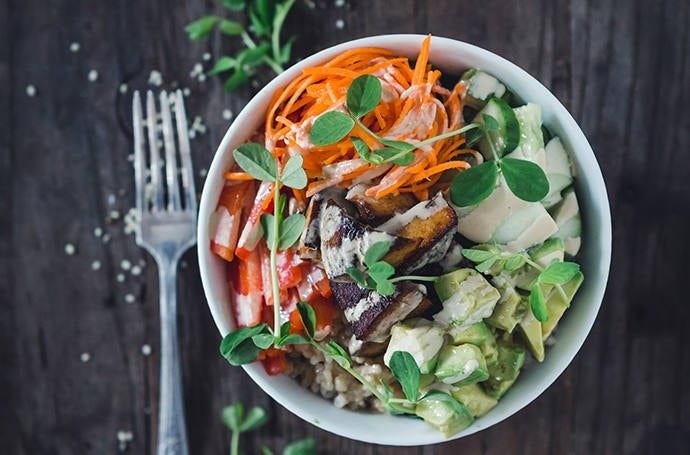
Andrew Rowat, celebrated for his vivid food and travel photography, brings the world into sharp, appetizing focus. Known for immersing himself in deeply visual narratives, he travels roughly 200 days each year, capturing cuisine and culture through a lens refined by architectural discipline .
A Roundabout Path to Food Photography
Rowat’s journey didn’t begin in the kitchen—it started underwater. He initially pursued marine biology in Vancouver, but after launching a photography business and encountering a quarter‑life crisis, a twist of fate carried him to Shanghai as a graphic designer. It was there that he realized a need for Western photographers working with non‑Chinese clients. He leapt into that niche, soon gaining recognition in cities like New York and London .
This unconventional start led to his eventual focus on food. His architectural photography background taught him to emphasize structure and depth: when shooting flat surfaces he ensures a crisp single plane of focus; when a dish has vertical elements, he adjusts accordingly. The result is a clean, composed aesthetic that Roku calls “structural minimalism meets culinary warmth”.
Mastering Light, Composition, and Film
Natural light is Rowat’s preferred tool. He aims to shoot near large windows, avoiding harsh overhead lighting unless it enhances the story. Steam rising from hot plates, for instance, calls for side or angled shots rather than straight‑down views .
The photographer favors analog film for most of his magazine assignments. He says film creates a tactile quality—“a particular feel… different than digital”—that adds depth and character to food and portraits alike .
Rowat’s equipment speaks to his attention to detail: a Manfrotto 055 tripod with extendable arm for overhead compositions, complemented by a cable release to prevent even the slightest vibration. A jewelry tent acts as a soft box when needed, eliminating harsh reflections, shadows, and specular highlights—especially critical when shooting liquids or glossy surfaces .
Planning: The Unseen Ingredient in Every Shoot
According to Rowat, approximately 90 percent of a successful international shoot happens before he even arrives: location scouting, logistics, scheduling, communication with chefs and editors. It’s not uncommon to shoot six times in a day across five locations. To manage this complexity, he hires fixers who navigate language, cultural contexts, and restaurant access. “If they aren’t expecting me, I might not even get in” he notes, emphasizing the importance of preparation .
That strategic groundwork is mirrored in his mindset: Rowat’s father ran a major emergency department, and a catastrophist—but proactive—approach is now part of his own process .
Social Reach, Chef Culture, and Instagram Influence
On the role of Instagram, Rowat reflects that while a philosophical debate about oversharing someone’s breakfast could be had, social media provides a rapid, engaging way to absorb visuals. He sees Instagram as “a ton of fun” and an efficient channel for sharing impressions and behind‑the‑scenes snippets .
He also connects the explosion of food photography to the rise of celebrity chefs. As food moves into mainstream pop culture, people feel more drawn to chef personalities and curated dishes—making food photography itself a kind of accessible celebration.
What’s Next? On the Road Again
In the original 2014 interview, Rowat shared that his immediate plans included a food‑and‑ski story in Colorado, followed by assignments in Canada and Korea—typical of his unpredictable three‑month outlook .
Key Takeaways for Aspiring Photographers
Let structure inform composition. Architectural techniques—consistent planes of focus, clean alignment—translate beautifully in food imagery.
Prioritize natural light. Large window light and avoidance of harsh overhead flashes can elevate the texture and appeal of food.
Plan meticulously. For international or multi-location shoots, preparation and local contacts make or break the day.
Use gear wisely. A tripod with extension arm, cable release, and light diffusing tent all serve discreet but essential roles.
Consider analog film. The aesthetic quality of film—its depth, texture, and tonal range—can offer something beyond the clinical look of digital.
Engage visually online—but thoughtfully. Platforms like Instagram are powerful tools for connection, exposure, and real-time storytelling.
In summary, Andrew Rowat has turned food photography into a discipline grounded in thoughtful structure, light mastery, and logistical finesse. His career path—from marine biology to architectural shoots to culinary storytelling—demonstrates how diverse experiences sharpen artistic insight. Whether photographing dumplings in Shanghai or ramen in Tokyo, Rowat reminds us that behind every beautiful food photo, there’s careful planning and a respect for both form and flavor.
